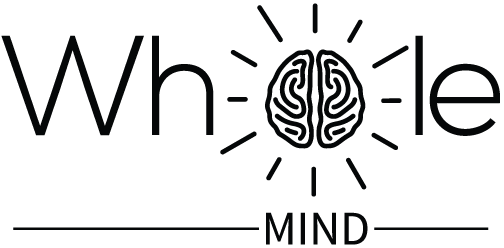Hey, have you heard about Spravato? It’s a new medication approved by the FDA for treating depression, especially in cases where regular antidepressants don’t work. What’s cool about it is that it’s a nasal spray that targets the NMDA receptor, which plays a role in regulating mood and emotions.
One of the best things about Spravato is that it works fast. Unlike regular antidepressants that can take weeks to kick in, Spravato has been shown to improve depression symptoms in just 24 hours after the first dose. This is a game-changer for people who are in a tough spot and need relief ASAP.
Spravato has also been found to be effective in people who haven’t had luck with other treatments. In a clinical trial, patients with treatment-resistant depression saw significant improvements with Spravato compared to a placebo. And the benefits lasted over time, so that’s a win.
On the safety side, Spravato seems to be pretty well-tolerated, with side effects like dizziness, nausea, and dissociation being mild and short-lived. Of course, there are still some unknowns about Spravato since it’s new on the scene. We don’t know much about its long-term effects or if there’s a risk for abuse or addiction, especially in people with a history of substance use disorder.
Spravato is a big step forward in treating depression and other mental health conditions. As more research is done, we’ll learn even more about its potential benefits and limitations.
References:
- Daly EJ, Trivedi MH, Janik A, et al. Efficacy of esketamine nasal spray plus oral antidepressant treatment for relapse prevention in patients with treatment-resistant depression: a randomized clinical trial. JAMA Psychiatry. 2019;76(9):893–903. doi:10.1001/jamapsychiatry.2019.1189
- Sanacora G, Frye MA, McDonald W, et al. A consensus statement on the use of ketamine in the treatment of mood disorders. JAMA Psychiatry. 2017;74(4):399–405. doi:10.1001/jamapsychiatry.2017.0080
- Wilkinson ST, Sanacora G. Considerations on the off-label use of ketamine as a treatment for mood disorders. JAMA Psychiatry. 2017;74(4):437–438. doi:10.1001/jamapsychiatry.2017.0083






